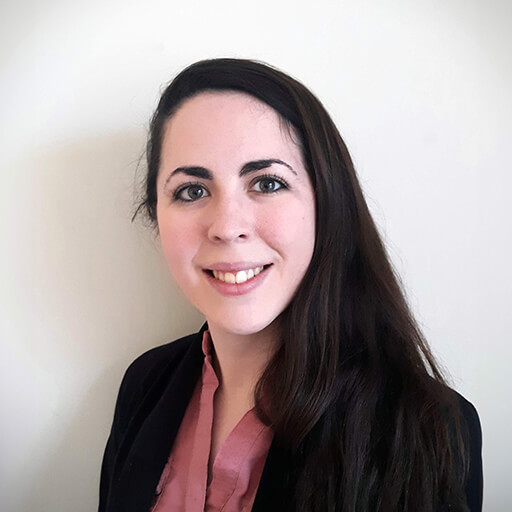Role of PLVAP in Regulation of Aqueous Outflow Facility

About the Research Project
Program
Award Type
Standard
Award Amount
$100,000
Active Dates
July 01, 2013 - June 30, 2015
Grant ID
G2013048
Co-Principal Investigator(s)
Ernst Tamm, MD, University of Regensburg
Goals
Glaucoma is a blinding eye disease associated with elevated pressure in the eye, and all treatments for glaucoma attempt to reduce eye pressure to prevent further vision loss. Drs. Overby’s and Tamm’s project investigates how eye pressure is regulated, focusing on a single of layer of cells that create a porous barrier to fluid drainage from the eye. In glaucoma, there are too few pores in this cell barrier, such that fluid drainage is partly blocked and pressure builds. By studying the factors controlling pore formation, Drs. Overby and Tamm hope to one day exploit this process to induce pore formation as a way to enhance drainage and more successfully lower IOP in glaucoma.
Grantee institution at the time of this grant: Tulane University
Summary
The research of Drs. Overby and Tamm focuses on the mechanisms of pressure regulation in the eye, with the goal to understand why pressure becomes elevated in glaucoma and what can be done to more successfully lower pressure to preserve vision in glaucoma patients. They focus their research on a single layer of cells that create a porous barrier to fluid drainage from the eye. This barrier— known as Schlemm’s canal endothelium—becomes altered in glaucoma, having fewer pores that they believe impedes fluid drainage and elevates pressure. Furthermore, their research has established that Schlemm’s canal cells cultured from glaucoma eyes have impaired pore-forming ability.
Drs. Overby and Tamm hypothesize that pore formation is a target for glaucoma therapy, such that if they can rescue normal pore formation in Schlemm’s canal cells from glaucoma eyes, they could enhance drainage and more successfully lower pressure. To do this, however, they must first understand the pore forming machinery in Schlemm’s canal cells, and they have taken a hint from other pore-forming cells elsewhere in the eye, kidney and liver. These other cells form pores (albeit pores that are much smaller than those in Schlemm’s canal) through a protein known as plasmalemmal vesicle-associated protein (PLVAP), and they hypothesize that PLVAP is also important for pore formation in Schlemm’s canal cells. Therefore, Drs. Overby and Tamm are investigating how alterations in PLVAP protein expression affects pressure regulation and barrier function in isolated Schlemm’s canal cells and in donated eyes.
Grants
Related Grants
National Glaucoma Research
Understanding How Variants in LOXL1 Affect Pseudoexfoliation Glaucoma Risk
Active Dates
July 01, 2024 - June 30, 2026

Principal Investigator
Hannah Youngblood, PhD
National Glaucoma Research
Retinal Ganglion Cell Axon Degeneration in a 3D Microfluidic Hydrogel Model
Active Dates
July 01, 2024 - June 30, 2026

Principal Investigator
Shruti Patil, PhD
National Glaucoma Research
The Role of Microtubules in Glaucomatous Schlemm’s Canal Mechanobiology
Active Dates
July 01, 2024 - June 30, 2026

Principal Investigator
Haiyan Li, PhD



